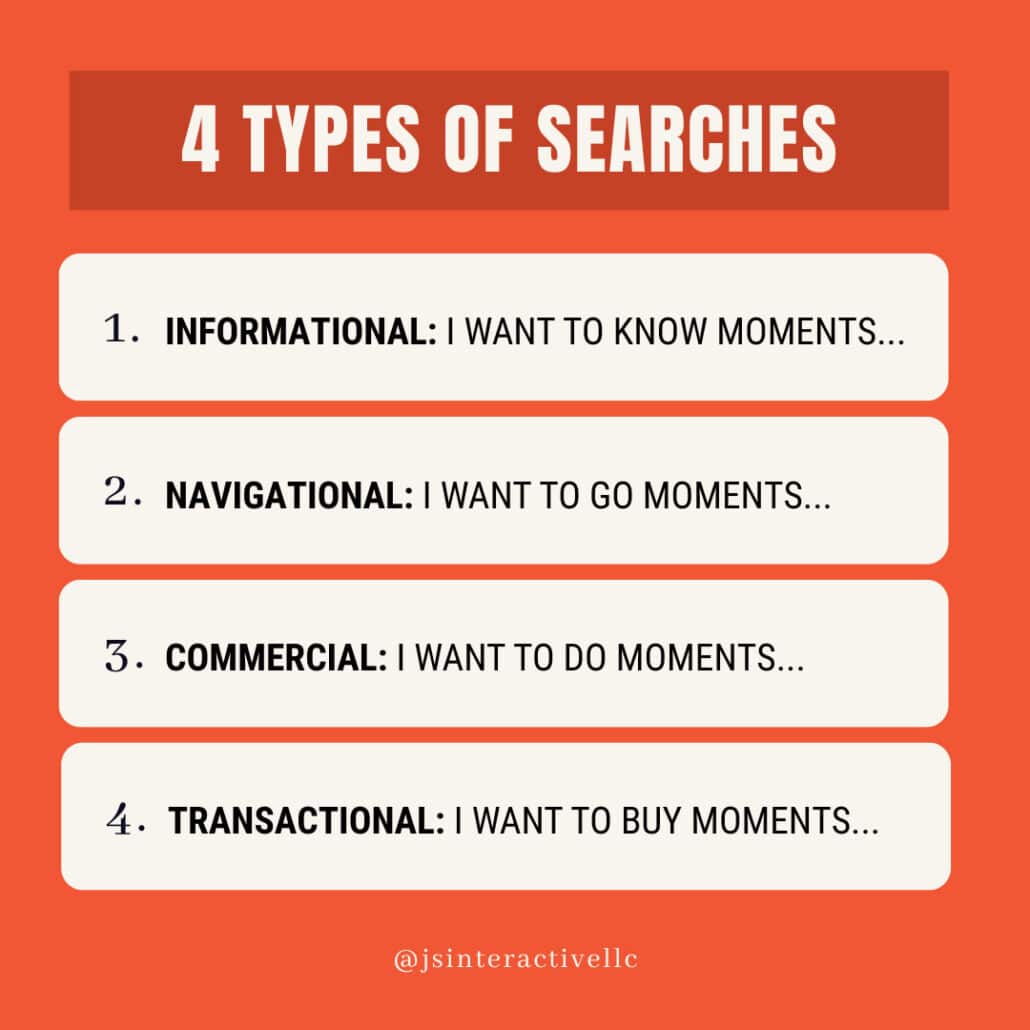10 Tips for Powerful SEO for Austin Startups

Amazon started in Bezos’ garage, Facebook began in Zuckerberg’s dorm room, and Bill Gates ran Microsoft from his garage. Before companies became the giants they are today, they had to work with what they had.
You may feel limited in what you can accomplish because you only have a few resources. But, if Gates can build an empire from his garage, you can create a successful business for your startup in Austin, Texas.
The key to success is wisely making the most of what you have in order to bring in traffic and conversions, just like established businesses do.
At this point, you already realize SEO is essential to your growth. Getting seen online opens doors to more customers and opportunities. However, it can quickly become expensive when you invest in too many strategies or focus on the wrong ones.
Here are 10 tips from our Austin SEO company to help you identify and focus your SEO strategy for startups.
1. Define Your SEO Goals
Before investing time or money into your SEO, you must set goals to use as SEO performance benchmarks. The goals should be strategies that are most relevant to your startup.
The most effective way to set goals is the SMART method:
- Specific: Be clear and detailed about what you want to accomplish.
- Measurable: Identify how you’ll measure your progress and success.
- Attainable: Create reasonable goals based on your startup’s capabilities.
- Relevant: Align your goals with your startup’s long-term objectives.
- Time-Based: Set a timeframe for accomplishing the goal.

With your goals in place, you can focus on the SEO strategies that align most with those goals. For example, a startup with conversion goals will use different SEO strategies than those with brand awareness goals.
Conversion goals aim to attract and convert end-of-the-funnel traffic using product pages. However, brand awareness uses SEO strategies that target broader keywords and bring in people at the top of the funnel who don’t know you exist yet.
2. Understand Audience Intent
Once you have established your goals, you can begin researching your audience to understand what they’re looking for, so you can rank in more relevant search results.
When audiences search, there are usually three primary purposes behind their query:
- Informational: They’re looking for the answer to questions (“How do I cook chicken?”)
- Navigational: They’re looking for a specific destination but don’t know the URL (“Facebook”)
- Commercial: They’re looking for a product of interest, and are seeking more details (“Samsung vs LG Dishwasher”)
- Transactional: They’re looking to purchase a specific product., preferably with the best deal (“Blue boots for sale”)
Knowing why your audience searches keywords helps you curate more relevant content around each word you choose. Relevant content generates more clicks and higher rankings. More importantly, you can gain authority and trust by becoming a reliable voice in industry topics.

3. Build a Fast Site
Google has used site performance in search engine ranking since the 2018 Speed Update. This update means most slow and clunky sites won’t rank as highly as faster sites.
Why does Google care so much about site speed?
Seamless browsing creates a positive customer experience. Customers prefer sites to load quickly and navigation to be easy.
Google wants to offer customers the best experience possible, so it ranks sites that are easy to navigate and have lower bounce rates at the top.
Google also prefers fast-loading sites because fast sites use fewer Google resources. When there are too many files and scripts running behind the scenes, it slows down the Google crawlers indexing the site and uses more bandwidth.
An ideal page load time is under four seconds.
How can you improve your site’s performance to stay within that strict timeframe?
Here are two ways to improve your site performance:
- Caching Tools: Tools like WP Rocket optimize and saves pages so they load faster.
- Reliable Hosting: The best hosting platforms known for fast speed times and reliable hosting are WP Engine and Kinsta.
4. Use an Image Compression Plugin
Images improve your SEO by making content more attractive and giving search engines more ways to rank your content. While images are necessary, large files negatively impact your site’s load speed, consequently impacting your ranking.
Imagify allows you to add quality images to your content while compressing them enough so they don’t impact the page’s load time. This improves your website’s ranking performance.
5. Consider Your Site Architecture
Your site architecture is your site pages’ organization and hierarchy. It helps visitors navigate your site and tells Google how to crawl and index it for search engines.
Google uses the hierarchy and structure to find the most relevant pages depending on what users are searching for and the intent behind their search.
You can further help certain pages in your architecture rank higher and tell Google’s crawlers where they fit through customized URLs. Adding keywords to each page in your hierarchy’s URL improves your site’s search engine ranking relevancy, ensuring the crawlers traveling your architecture index each page correctly.
6. Target Longtail Keywords
Longtail keywords use a string of phrases for a specific search query. They’re golden opportunities in SEO for startups because you can hyper-target content AND usually have less competition.
For example, when you target generic, shorttail words like “Women’s clothes,” you’re competing against all stores selling women’s clothes, designers, and influencers. However, by using longtail keywords to target a specific niche, like “Plus-sized summer women’s clothes in New York City,” you have narrowed down how many other stores and influencers are competing for that keyword. You’re also targeting a specific audience that your products apply to.
Here are the results from a SEMrush search for rainboots showing the change in competition for longtail keywords:
- “Rainboots” has a keyword difficulty of 77% (Many high authority sites are ranking for this term)
- “Ugg rainboots” has a keyword difficulty of 34% (Some high authority sites are ranking for this term)
- “Can rainboots be used as snow boots” has a keyword difficulty of 15% (Few or no high authority or relevant sites are ranking for this term)
So, while the phrase “rainboots” might have more total search queries, that number is meaningless unless you attract some of that traffic to your site. You won’t attract much traffic if your business’s website appears on page 10 of the search results. However, “Can rainboots be used as snow boots” may have only 30 searches a month, but the keyword difficulty is so low that you have a much higher chance of ranking near the first page and attracting some of that traffic as a startup.
You can find these valuable keywords by performing keyword research on tools like SEMrush, Moz, or Ahrefs. While these tools require monthly subscriptions, you can access some with free SEO accounts that fit into your startup budget.
7. Do Competitor Research
Tools like SEMrush give you more insights into where your competition finds most of their traffic, so you know which channels and keywords are most successful. Competitor research can also reveal your competition’s weaknesses or gaps where you can step in and rank well.
For example, keyword research will tell you which keywords your competition doesn’t include on their site. If you use those keywords throughout your site, you’ll appear in more searches than your competition doesn’t. This increases the chances that visitors click on your link rather than choosing your competitor.
8. Claim Search Engine Business Pages
Filling out Google and Bing business profiles helps your company appear in local searches and higher on the page since Google Places has the top spot in “near me” and local searches. About 30% of searches are location-based, so your location should be prominent.
A business profile includes key information like:
- Hours
- Address
- Contact information
- Top products
- Reviews
- Images
These profiles help you build consistency with NAP (name, address, and phone number). These need to be the same across the internet, including your website, social media, and business profiles. Consistency improves site trust, and without it, Google may not know what information to display, which can hurt your chances of ranking higher.
The business’s information and content should be consistent with your website pages and social media platforms. Google business profiles appear on Google Maps, Google Search, and Google Shopping. Bing places also appear on Bing’s searches. The business’s profile page includes a link to your website, so you’re still ultimately driving traffic back to your website.
9. Create a Blog for Content
A blog on your website gives you more opportunities to rank in Google searches through SEO-optimized content. That’s why 92% of marketers have a blog on their websites. Most of the content on your site, like your product pages and pricing pages, targets people at the end stage of the funnel, looking to purchase your products.
However, your blog is also a chance to build brand awareness and authority, which are essential to ranking higher in search engines. Some of the best-performing content addresses customer pain points, answers customer questions, and offers solutions to common problems.
Another great benefit of blogs is that they never expire!
When you run a paid ad, you’ll stop generating traffic once you stop paying for the ad. However, blog posts stay live, ranking in searches and attracting traffic. That means you invest in content creation once and can see results for years.
To maximize your investment, share your blog posts on social media and third-party sites to generate more traffic to your startup.
10. Optimize Using an SEO Plugin
Search engine optimization isn’t an exact science, but it does have a long list of contributing factors. You might feel overwhelmed keeping track of everything that might impact your startup’s ranking.
Using a plugin like Yoast makes SEO easy. As you create web pages and posts, Yoast performs a quick audit. Then, you’ll receive suggestions on how to improve your ranking.
The plugin looks at dozens of factors, including word count, images, keyword distribution, and links.
Keep on Growing with the Top Austin SEO Company
When you’re just getting started with SEO, you may feel like you’re sailing uncharted waters. With little data showing what works, you may not know the most effective strategies and where to invest most of your budget.
Hiring an Austin SEO service takes the guesswork out of startup SEO. We offer reliable results based on the data we collect, and we have years of industry experience. We have seen what works for startups like yours and what doesn’t.
Our Austin SEO company offers more than just SEO add-ons and can perform a complete site revamp, turning the site you started with into a highly intuitive conversion machine that runs smoothly and ranks well. We’ll ensure that every investment you make as a startup counts and help you move closer to achieving your SEO goals.
Schedule a FREE 30-minute consultation to learn more about what our SEO services can do for your startup.